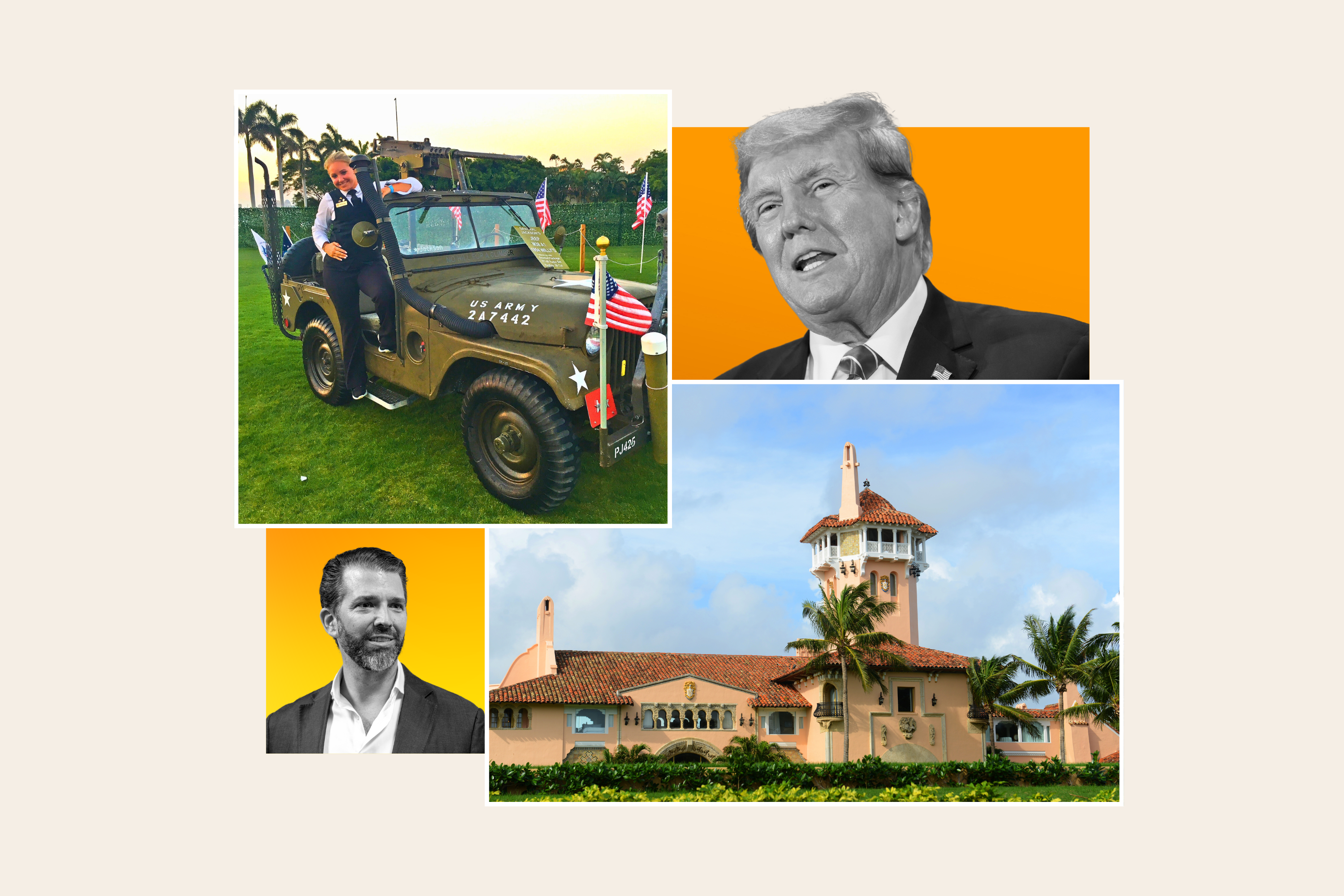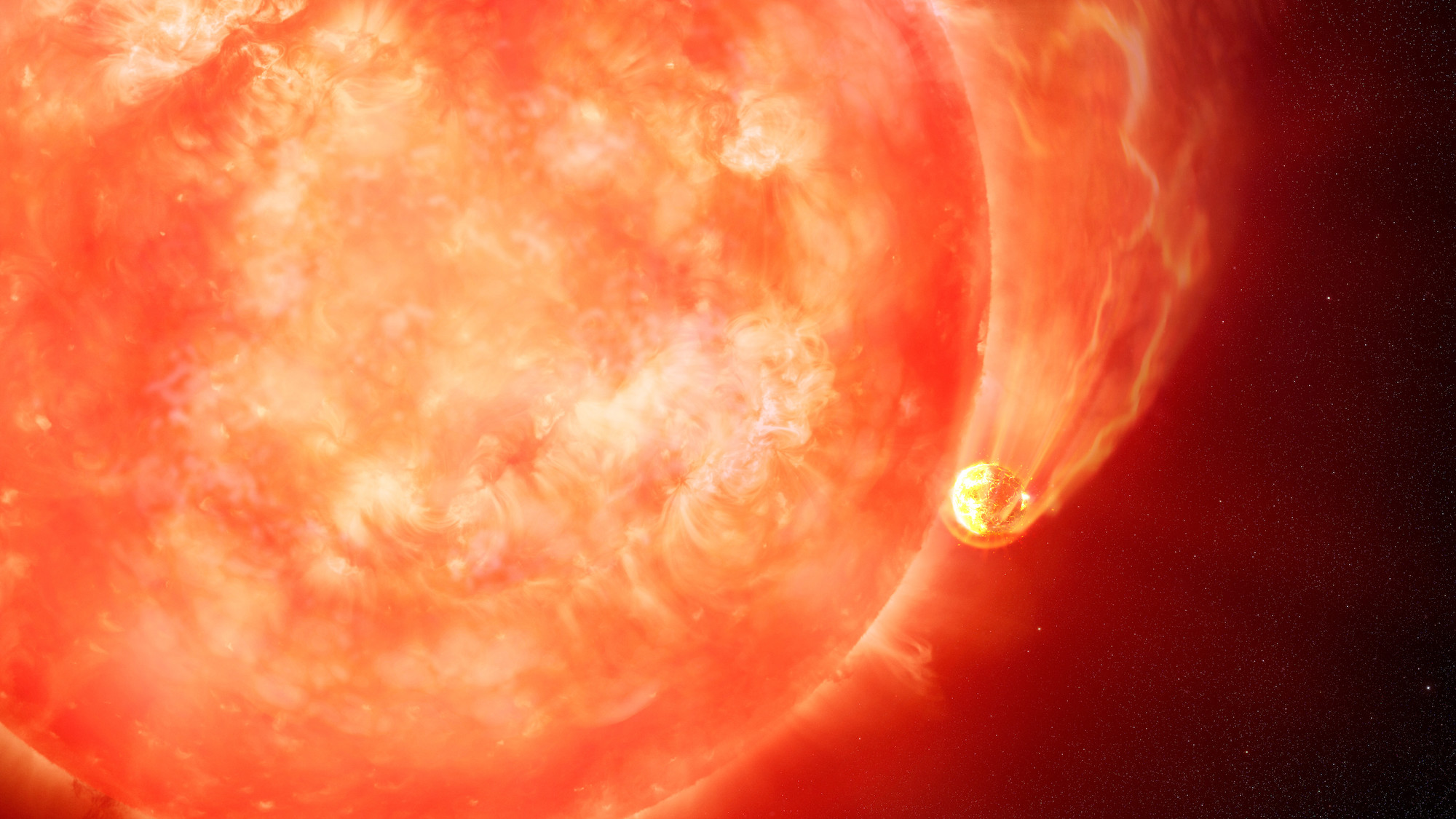Haunting photos have emerged of Hiroshima just a few weeks after it was decimated by an atomic bomb on August 6, 1945.
Estimates vary on the number of people killed by the nuclear blast, with the Bulletin of the Atomic Scientists putting the number of casualties at between 110,000 and 210,000. What's perhaps less well known, however, is what life was like for those left behind in the ruins of Hiroshima after the attack.
Now, a series of pictures has surfaced online offering a glimpse of the devastation left behind. They are images that have been familiar to Ben Green ever since his great uncle Dr. Bernie Greenwald showed them to him as a child.

"My great uncle Bernie was a doctor on the USS Pickett that pulled into Tokyo Bay on August 28th for the surrender ceremony," Green told Newsweek. "They'd been ordered to stay put, but when he heard about the atom bomb, he and his friend 'commandeered' a jeep and drove to Hiroshima, knowing they'd just be hanging out in the Bay for a bit anyway."
Greenwald was an avid amateur photographer who took pictures throughout the war and long after. His collection includes pictures of scuttled Japanese battleships, while Green still has the piece of a propeller from a kamikaze pilot that his great uncle found after it struck the USS Dorsey.
"Bernie loved to tell stories...these pictures and objects were always fascinating to me since I've always loved history," Green said. "Since my grandfather didn't like talking about his own experiences in the European theater, Bernie was a way to connect to that part of my family's history. A lot of my great uncles enlisted, but most of them died before I was old enough to ask many questions."

Green can still remember what his uncle said about what he saw when he visited Hiroshima. "He described it as terrible devastation," he said. "Not just the ruins but the survivors and people who were trying to clean it up and search through it and whatnot."
The pictures offer a snapshot of that devastation. Buildings reduced to rubble, the remnants of trees that once flourished and people seemingly sifting through what's left, searching for some semblance of the lives they once had.
Green said he was seven or eight when he first saw the photographs and the power of what he was looking at was not lost on him. "It's easy for these things to get so abstract, to get desensitized to catastrophe," he said. "But when I first saw these, I wasn't numb to it yet. I wasn't used to the world being a bloody mess yet."

Green said during his uncle's time there, he ended up assisting a Japanese doctor and they became friends who remained in touch for several years after, even though they never met again.
Greenwald died, aged 97, in 2017, but his photographs and the stories he told Green have stayed with him. "His story about the people being kind to him when they could still taste the ashes of Hiroshima in the air really hit me and I think it stayed with him too," he said. "Something about the juxtaposition of the most devastating weapon ever used on people with the people's kindness to 'the other' encompasses such a range of humanity."
Green said he's always wanted to see his uncle's pictures go to a museum or somewhere they can serve as part of the record of what happened in Hiroshima.

He said he decided to post them to Reddit under the handle of u/LurkerFailsLurking as a "counterpoint" to a CGI animation he saw on social media that he felt failed to reflect the magnitude of what happened.
Ultimately though, he understands that the pictures "will resonate in different ways with different people." He just hopes they serve as a documentation of what happened and what was left behind after August 6, 1945.
Uncommon Knowledge
Newsweek is committed to challenging conventional wisdom and finding connections in the search for common ground.
Newsweek is committed to challenging conventional wisdom and finding connections in the search for common ground.
About the writer
Jack Beresford is a Newsweek Senior Internet Culture & Trends Reporter, based in London, UK. His focus is reporting on ... Read more
To read how Newsweek uses AI as a newsroom tool, Click here.





